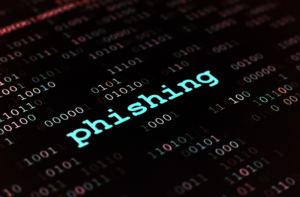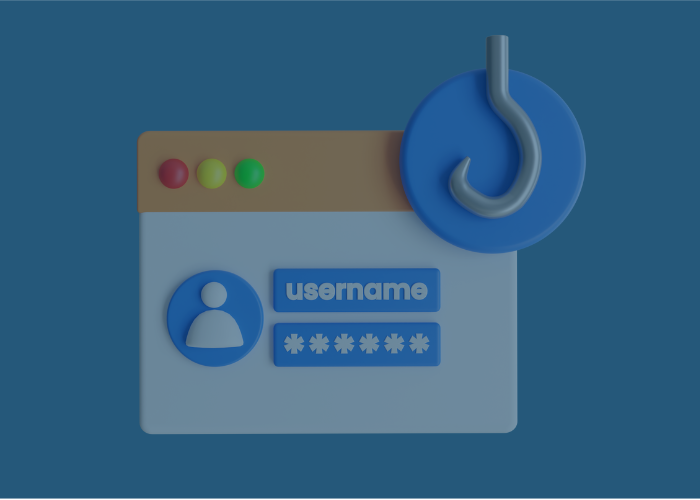In today’s interconnected digital world, the threat of phishing attacks looms larger than ever before. Phishing has evolved into a sophisticated and multifaceted menace that preys on our vulnerabilities, looking to exploit personal and sensitive information for malicious purposes. There are various forms of phishing attack and by understanding their mechanics we can equip ourselves with effective defense strategies to safeguard our digital lives.
 Here are the Types of Phishing Attacks to be aware of:
Here are the Types of Phishing Attacks to be aware of:
Email Phishing:
This classic form of phishing involves sending deceptive emails that mimic legitimate communication from trusted sources. Attackers impersonate reputable entities, like banks or social media platforms, urging recipients to provide sensitive information or click on malicious links.
Spear Phishing:
In this targeted approach, attackers customize their messages based on specific information about the victim. This could include personal details, job roles, or recent online activities, making the emails more convincing and harder to identify.
Smishing:
Short for “SMS phishing,” smishing involves fraudulent text messages that prompt recipients to click on links or provide information. These messages often create a sense of urgency, coercing victims into taking immediate action.
Vishing:
Like smishing, vishing or “voice phishing” employs phone calls to manipulate victims into divulging sensitive information. Attackers may impersonate authoritative figures, such as bank representatives or government officials, to gain victims’ trust.
Pharming:
Pharming attacks manipulate the Domain Name System (DNS) to redirect users to fake websites, where they unwittingly provide sensitive data. Unlike traditional phishing, users do not need to click on a malicious link; they are directed to the fraudulent site automatically.
With all these kinds of phishing trying to infiltrate our companies and lives, how do we defend ourselves?
Knowledge is the first line of defense. Educate yourself and your organization about the types of phishing attacks and how to identify suspicious communication. Regular training sessions can empower individuals to spot red flags and avoid falling victim.
Always verify the authenticity of emails, messages, or calls, especially when they request sensitive information or urgent action. Use official contact information from trusted sources, rather than relying on details provided in the communication.
Exercise caution before clicking on links or downloading attachments. Hover over links to see the actual URL, and only download files from reputable sources. Be wary of unsolicited messages, even if they appear to be from familiar contacts.
Employ robust antivirus and anti-malware software to detect and prevent phishing attempts. Keep your software updated to ensure you are protected against the latest threats.
Enable Multi-Factor Authentication (MFA). MFA adds an extra layer of security by requiring multiple forms of verification before granting access. Even if attackers have your password, they will still need another authentication method to breach your accounts.
If you suspect a phishing attempt, report it to your organization’s IT department or the proper authorities. Quick action can prevent further damage and help protect others from falling victim.
Phishing attacks continue to evolve, exploiting our trust and vulnerabilities in the digital realm. By understanding the types of phishing attacks and implementing effective defense strategies, we can fortify our online presence and reduce the risk of becoming victims.
Stay informed, stay vigilant, and together, we can navigate the treacherous waters of the digital landscape unscathed!
Contact Renodis today for telecom security services at info@renodis.com www.renodis.com






